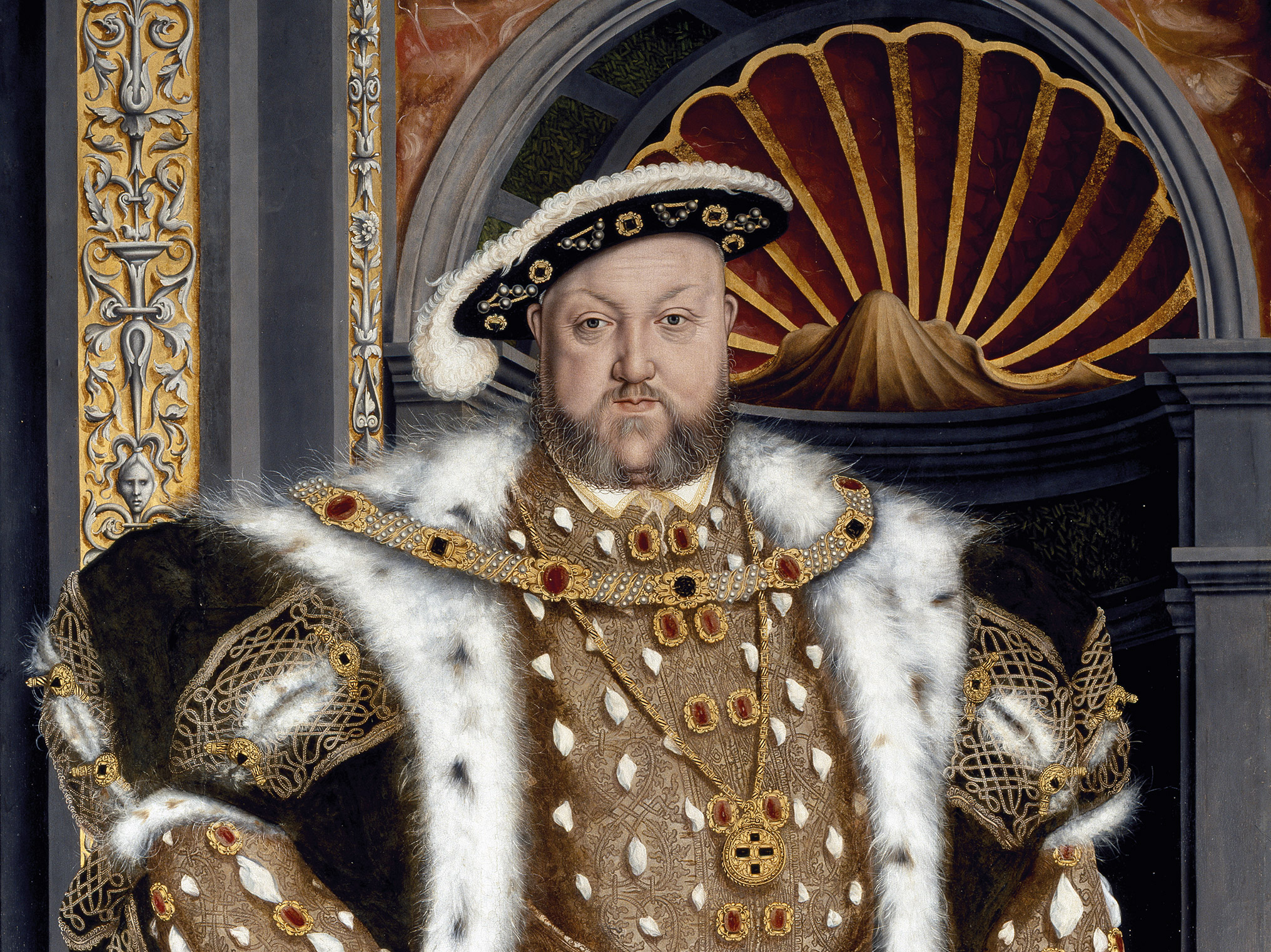
Ruby: The Birthstone of July
The birthstone of July babies, rubies, are possibly one of the most significant coloured gemstone featured in global history, with powerful symbolism linked to passion, love, wealth and power. Rubies are also the gemstone traditionally gifted for the celebration of a 40th wedding anniversary, though the romantic red colour of the stone makes it a beautiful gift for any special occasion.
Colour
The finest rubies have a pure and vibrant red colour, often known as ‘pigeon blood red’, which are highly sought after in many markets thereby increasing their value. Rubies may also have an orange or purplish overtone which are also beautiful, though lesser valued in the market. The overall colour of the stone reflects its value to a degree, though the brilliance of the colour and clarity are also integral parts to its worth.
1.06ct 'pigeon's blood' GRS certified ruby.
Care
Rubies can be described as kin to sapphires as they are both formed from a mineral called corundum. Corundum gemstones rank 9 out of 10 on the Mohs Scale of mineral hardness, making these stones very durable and suitable for daily wear.
Ruby jewellery can be cleaned at home by gentle scrubbing with warm water, as long as care is taken as not to loosen any stones. For the best cleanse, jewellery can also be taken to a jewellers for a professional ultrasonic clean.
Origin
As rubies generally form in environments of heated, mineral rich waters specifically rich in chromium (the essential difference between rubies and sapphires), they often originate from around the Indian ocean. The two main countries providing rubies are Mozambique and Myanmar (previously Burma). The Mogok mine in Myanmar has been producing rubies for much longer than any other known mine, meaning that Burmese rubies form Mogok are considered to be of the finest standard.
More recently, Mozambique have produced gem-quality rubies since the 1990s, leading to more established mining since. Some of the finest rubies we have sourced here at 50 Henley Street are from Mozambique.
Symbolism and history
Rubies were discovered as early as 2500 B.C., in the Mogok region of Myanmar, where Stone Age tools have been discovered, linking to the antiquity value of stones from this location.
In the ancient Sanskrit language, ruby I known as ratnaraj, meaning ‘king of precious stones’. In ancient Asian cultures, rubies were worn for luck and were gifted as a symbol of sincere friendship.
During the Renaissance, rubies were highly prevalent and were found on some of the most famous pieces of jewellery, for example in the necklace on King Henry VIII in his most well-known portrait.

In more modern history, Queen Elizabeth inherited many ruby pieces including a tiara, a cluster and drip necklace and pendant earrings.

Our rubies
There are many more ruby items on our 'gemstone jewellery' page, though you'll find some of our new treasures below.
Pre-loved and Vintage
A stunning vintage 2.30ct oval ruby with heart shaped diamonds set in a handmade platinum mount.
Antique natural cherry red ruby and old cut diamond trilogy ring circa 1930.
Vintage hand made natural ruby and diamond swallow 18K yellow gold.
Newly manufactured
Vivid red GRS certified natural teardrop ruby and diamond pendant.
18K white gold ruby and diamond teardrop earrings
Platinum ruby diamond eternity ring






